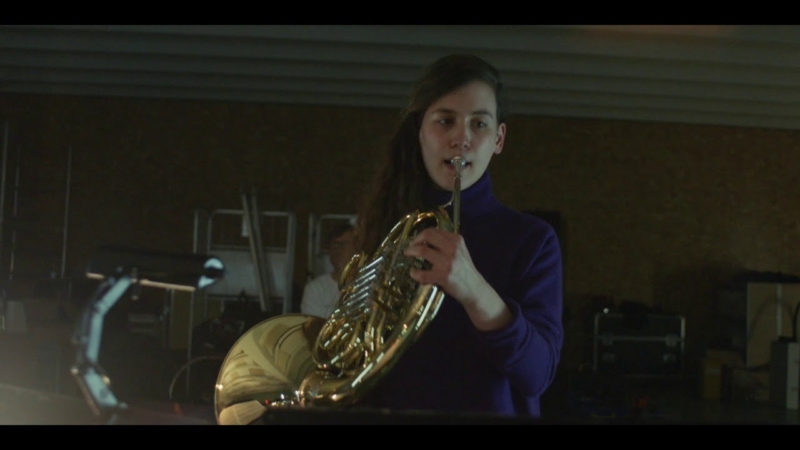READER: GHOST TRANCE MUSIC
Ictus / Rosas / Braxton
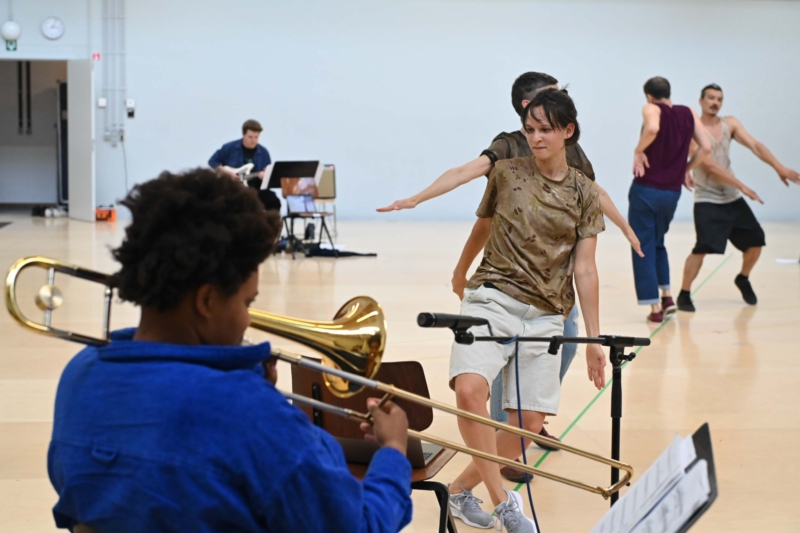
Music by Anthony Braxton
Kobe Van Cauwenberghe (Musikalische Leitung / Musical Leader)
Marie Goudot, Michaël Pomero, Sophia Dinkel, Mark Lorimer (Creative Movement Team)
Rosas:
Sophia Dinkel
Marie Goudot
Mark Lorimer
Michaël Pomero
Ictus:
Nabou Claerhout (Posaune / Trombone)
Niels Van Heertum (Euphonium)
Kobe Van Cauwenberghe (E-Gitarre / Electric Guitar)
Jean-Luc Plouvier (Keyboard)
Gäste / Guests:
Katherine Young (Fagott / Bassoon)
Andreas Borregaard (Akkordeon / Accordion)
Produziert von Ictus & Rosas
mit Unterstützung von Tax Shelter der belgischen Föderalregierung
Mit freundlicher Unterstützung der Ernst von Siemens Musikstiftung
In the project Ghost Trance Music the musicians of the Belgian Ictus Ensemble and dancers from Anne Teresa De Keersmaeker‘s company Rosas meet in Darmstadt in an unusual experimental setting around the idea of the “toolbox”. Because both Anthony Braxton’s scores and De Keersmaeker‘s way of working can be understood as a toolbox: In the case of Braxton’s Ghost Trance Music, the performers can select and overlay different sub-compositions, add improvisation and surprise each other. The music must be different every time. Ghost Trance is a unique platform for musicians to come together from a variety of backgrounds; where each individual’s input determines the course and the common experience of the performance. The traditional hierarchy between composer, score, conductor and performer is undermined. The whole group of works is inspired by indigenous ghost dance rituals, where different tribes came together to contact their ancestors in hour-long circle dances.
Anne Teresa De Keersmaeker‘s “Rosas Toolbox,” which has been in the making since 2022, does not passively archive the company’s work, but develops a concept of creative documentation: an inventory of the choreographic dictionary developed by De Keersmaeker and Rosas, the formal tools, the recurring combinatory processes, etc. – and makes it available to everyone, so that it can be experienced in the present. Both artists do not aim to temper human energies, to rationalize our relationship to art or to create rigid categories, but on the contrary, to inspire human creativity through combinatorial strategies. Inventing provisional categories, drawing their map, giving them metaphorical or playful names, connecting them to each other, testing new operations, and finally interpreting the present in them as in a Zodiac: this is the great game shared by both artists.
Rosas Website on the project Erica Dicker on Ghost Trance Music
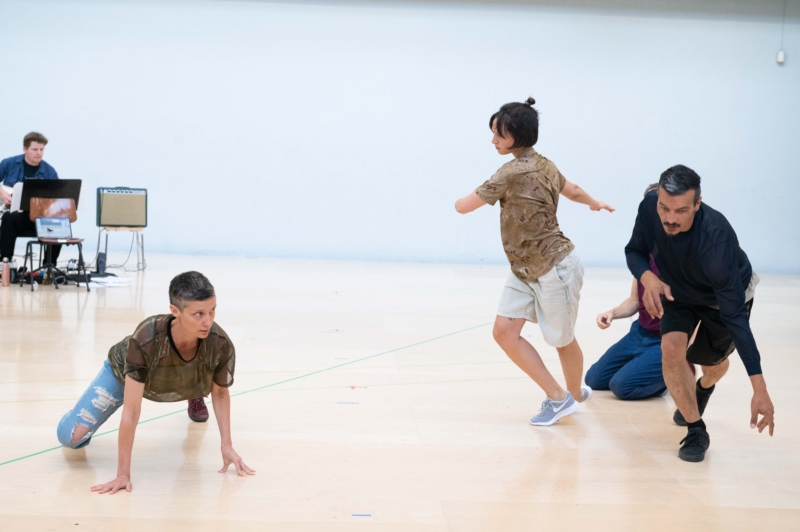

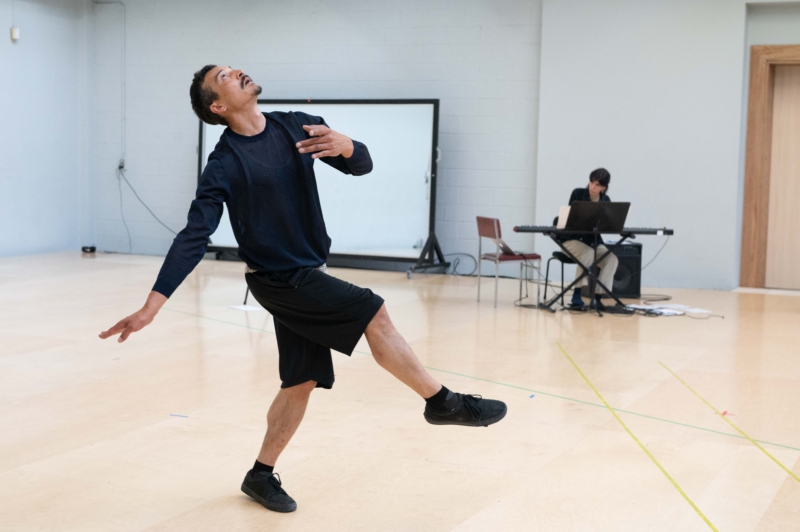
ROSAS TOOLBOX
In 2022, Anne Teresa De Keersmaeker entrusted Rosas dancers Marie Goudot and Michaël Pomero with a ‘Rosas toolbox’ laboratory. Rather than passively archiving the company‘s work, the ’Rosas toolbox’ develops a concept of creative documentation: to make an inventory of the choreographic dictionary developed by De Keersmaeker and Rosas, the formal tools, the recurring combinatory processes, etc. – and to make them available to everyone, so that they can be experienced in the present.
Despite the difference in aesthetic qualities, Braxton‘s and De Keersmaeker’s ‘Super-Formalisms’ have so much in common! Both do not aim to moderate human energies, to rationalise our relationship to art or to create rigid categories—but on the contrary to set human creativity on fire through combinatory strategies. Inventing provisional categories, drawing their map, giving them metaphorical or playful names, connecting them to each other, testing new operations, and finally interpreting the present in them as in a Zodiac: this is the game, the Great Game, shared by both artists.
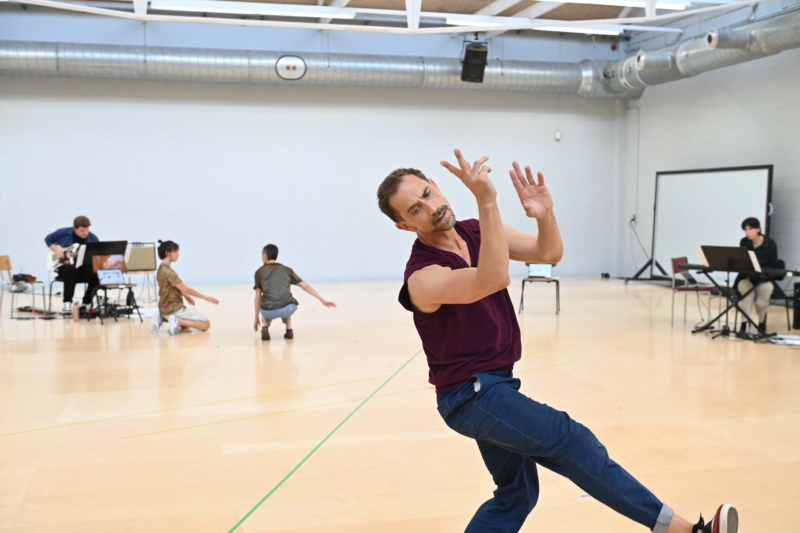
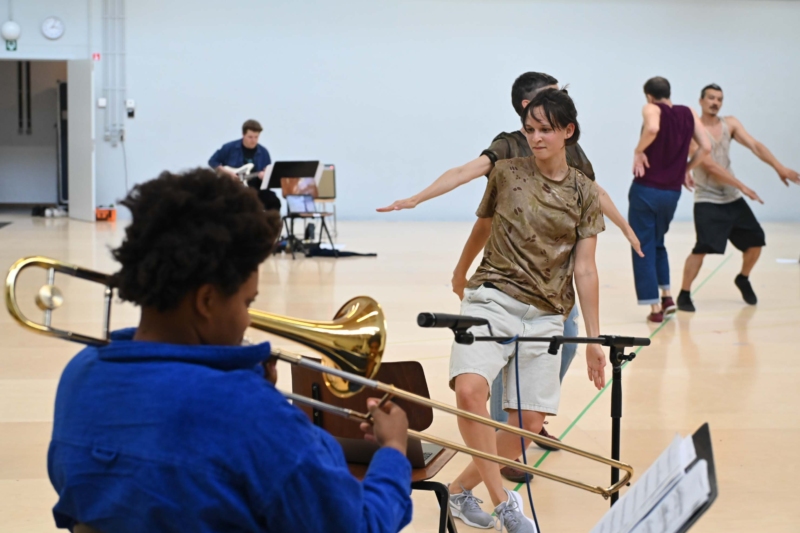

GHOST TRANCE MUSIC
In the early ’90s, Anthony Braxton attended several classes on Native American music at Wesleyan University, where he taught. More specifically, the classes centred on a post-colonial ritual of the late nineteenth century called Ghost Dance, in which different indigenous tribes came together to make contact with their ancestors in hour-long circle dances or Ghost Dances. These experiences had a great impact on Braxton and were an important inspiration for what would become Ghost Trance Music.

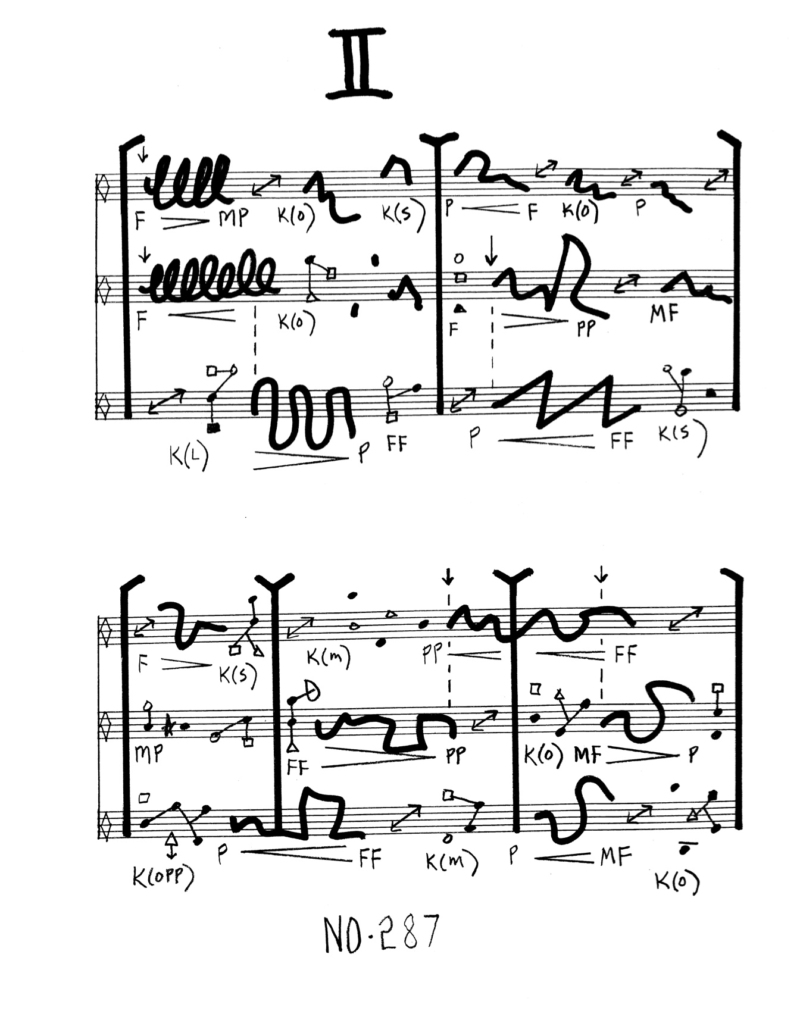
Erica Dicker (Violinist)Ghost Trance Music is musical super-highway – a meta-road – designed to put the player in the driver's seat, drawing his or her intentions into the navigation of the performance, determining the structure of the performance itself.
Anthony BraxtonHave fun with this material and don't get hung up with any one area. [...] Don't misuse this material to have only "correct" performances without spirit or fun. [...] Each performance must have something unique. [... Finally, I recommend as few rehearsals as possible so that everyone will be slightly nervous. (!)"

